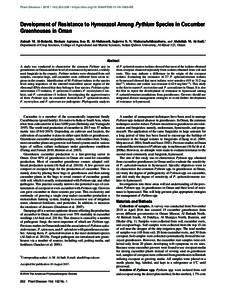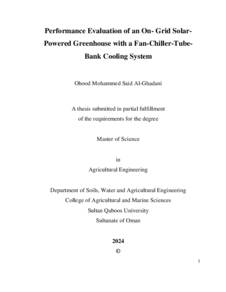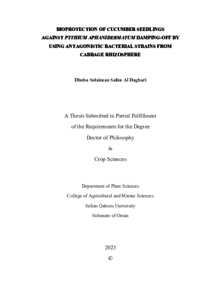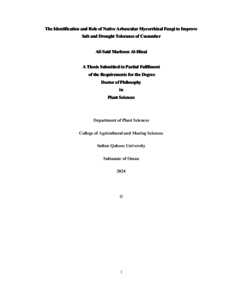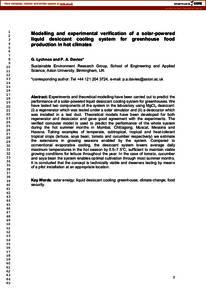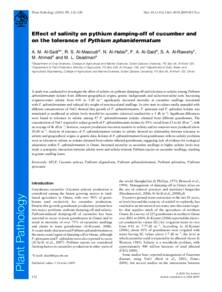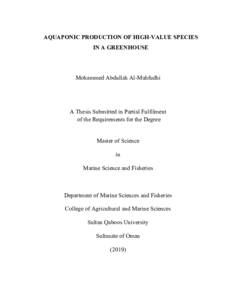Document
Development of resistance to hymexazol among Pythium species in cucumber greenhouses in Oman.
Identifier
DOI: 10.1094/PDIS-11-16-1680-RE
Source
Plant Disease. v. 102, 1, p. 202-208
Contributors
Country
United States.
Publisher
American Phytopathological Society.
Gregorian
2018-01-01
Language
English
English abstract
A study was conducted to characterize the common Pythium spp. in greenhouses in Oman and their level of resistance to hymexazol, a widely used fungicide in the country. Pythium isolates were obtained from soil samples, cocopeat bags, and cucumber roots collected from seven regions in the country. Identification of 80 Pythium isolates to the species level using sequences of the internal transcribed spacer region of the ribosomal RNA showed that they belong to four species: Pythium aphanidermatum (77 isolates), P. spinosum (1 isolate), P. myriotylum (1 isolate), and P. catenulatum (1 isolate). Investigating the aggressiveness of three Pythium spp. on cucumber showed that P. aphanidermatum, P. myriotylum, and P. spinosum are pathogenic. Phylogenetic analysis of P. aphanidermatum isolates showed that most of the isolates obtained from cocopeat clustered separately from isolates obtained from soil and roots. This may indicate a difference in the origin of the cocopeat isolates. Evaluating the resistance of 27 P. aphanidermatum isolates to hymexazol showed that most isolates were sensitive (0.9 to 31.2 mg liter-1) whereas one isolate was resistant (142.9 mg liter-1). This study is the first to report P. myriotylum and P. catenulatum in Oman. It is also the first to report the development of resistance to hymexazol among P. aphanidermatum populations from greenhouses. Growers should use integrated disease management strategies to avoid further development of resistance to hymexazol.
ISSN
0191-2917
Category
Journal articles

